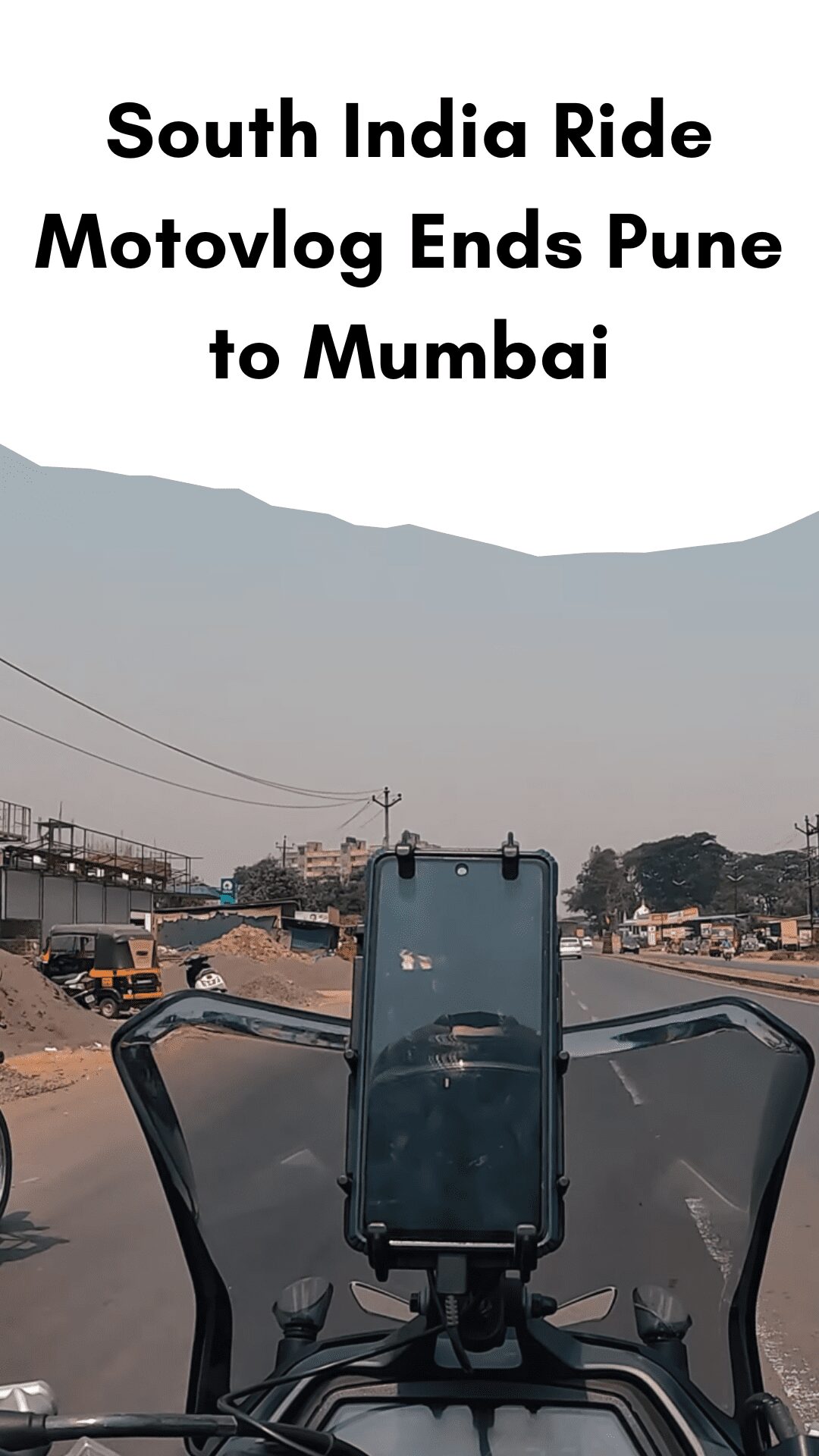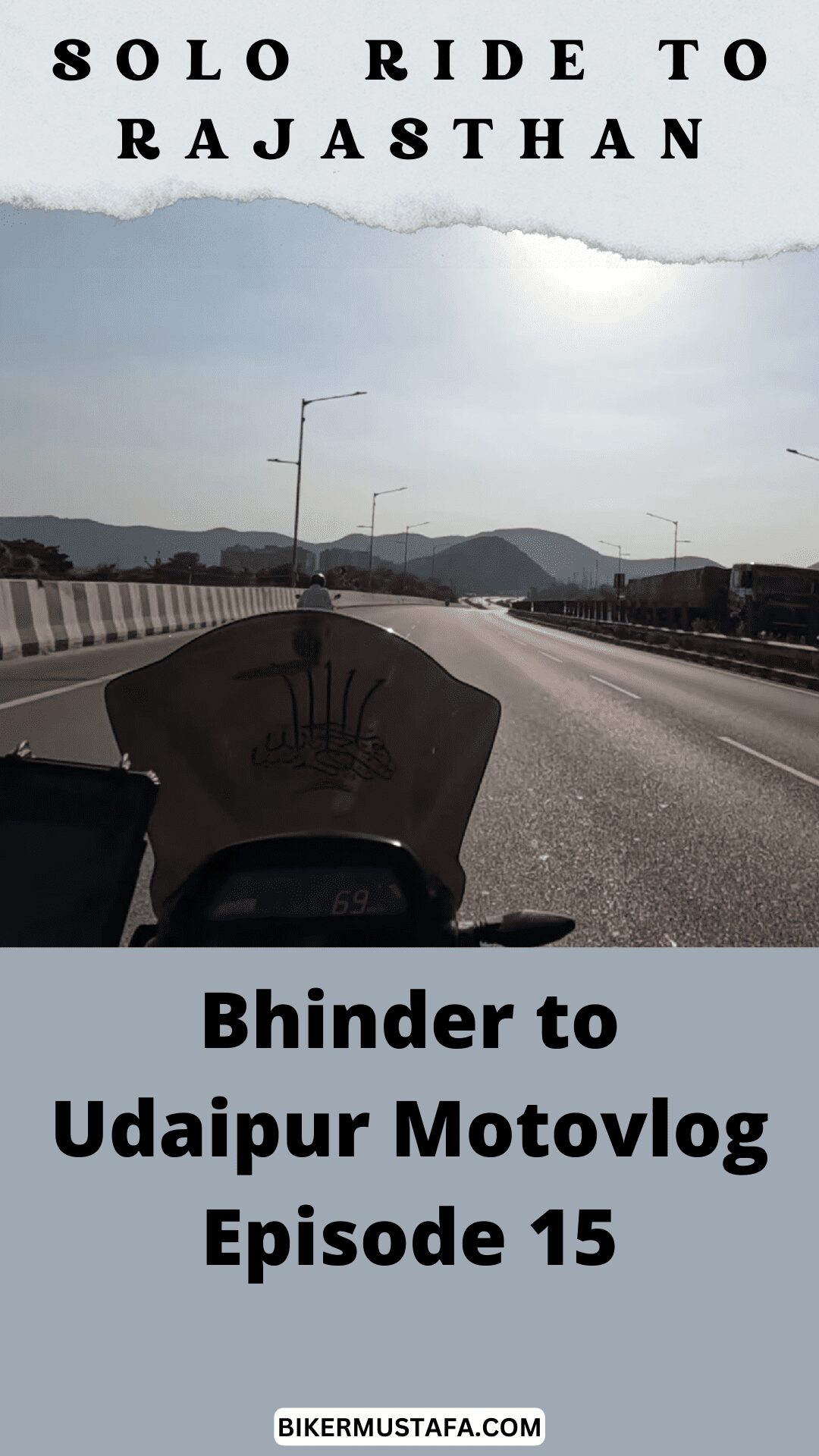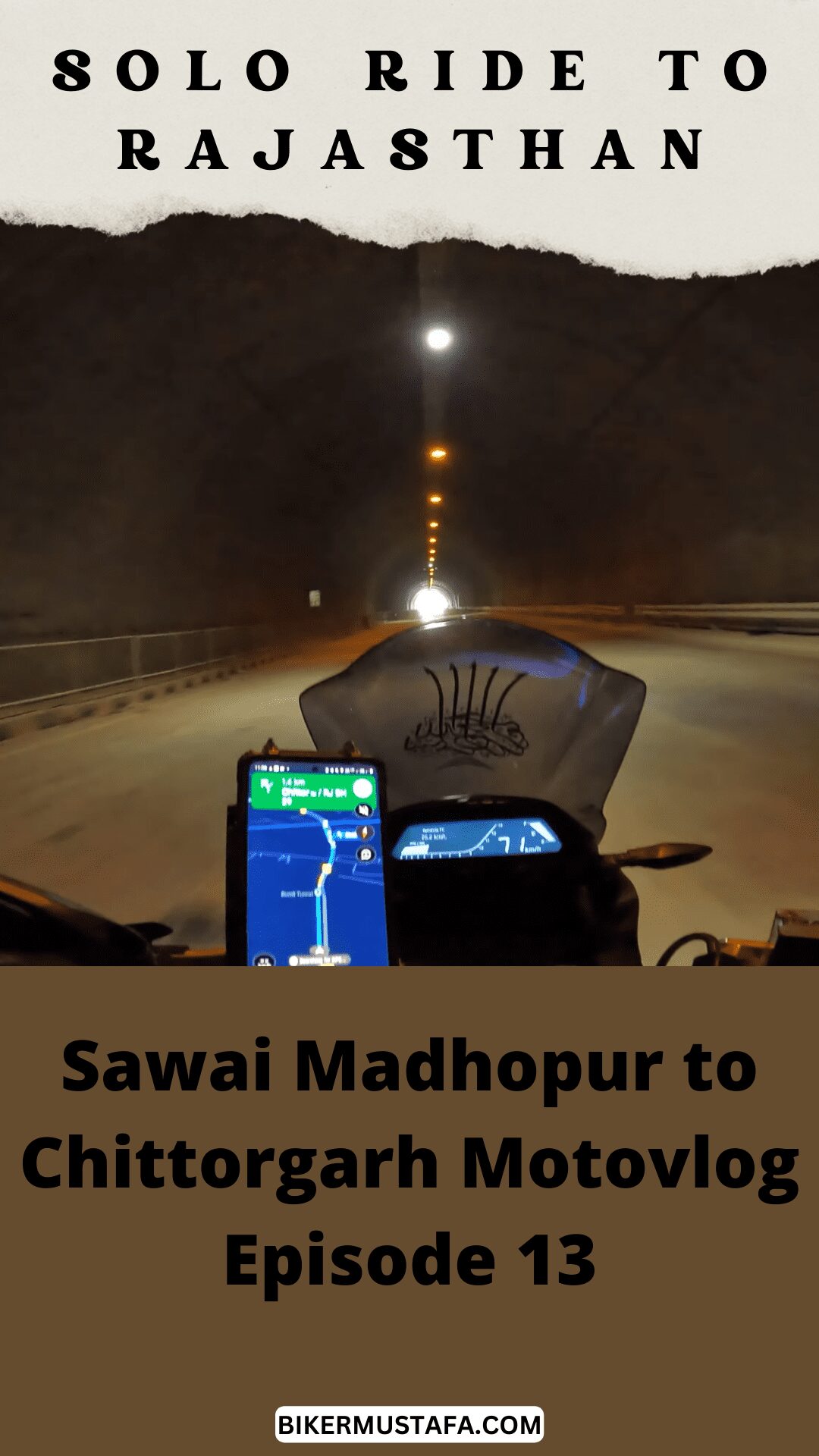South India Ride Motovlog Ends Pune to Mumbai
All About Mumbai
Mumbai, also spelt Bombay (the official name until 1995), is the financial centre of India and the capital of the state of Maharashtra. According to the United Nations, with a population of about 20 million as of 2018, Mumbai is the eighth-most populous metropolitan area in the world and the second-most populous city in India after Delhi (2 crores). As of the 2011 Indian government census, Mumbai was the most populous city in India, with an estimated 12.5 million (1.25 crore) citizens living in the city proper and belonging to the Brihanmumbai Municipal Council.
Mumbai is the centre of the sixth-most populous metropolitan area in the world, the Mumbai Metropolitan Area (2.3 crores). On India’s west coast along the Konkan coast, Mumbai has a deep natural harbour. In 2008, Mumbai was a leading world city. It boasts the most significant number of millionaires and billionaires in all Indian cities.
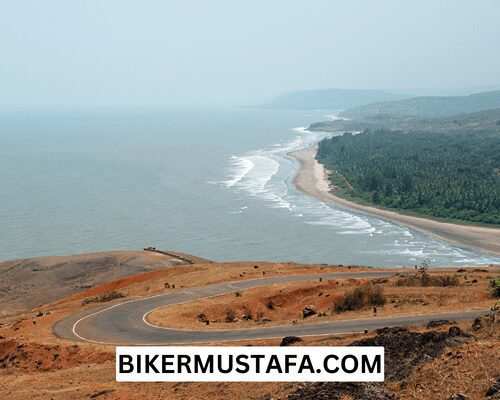
On the seven islands comprising Mumbai, there were formerly Marathi-speaking Koli communities. Several indigenous groups ruled the seven islands of Bombay for many years before they were ceded to the Portuguese Empire and subsequently, in 1661, to the East India Company as part of Catherine Braganza’s dowry for her marriage to Charles II of England.
In the middle of the 18th century, the Hornby Vellard project, which involved reclaiming the ground between the seven islands from the sea, transformed Bombay. The reclamation project was completed in 1845, and major roads and railways were constructed, transforming Bombay into an important seaport on the Arabian Sea.
The nineteenth century witnessed economic and educational expansion in Bombay. During the early 20th century, it served as a solid foundation for the Indian independence struggle. Following India’s independence, the city was incorporated into Bombay State in 1947. In 1960, following the Samyukta Maharashtra Movement, the state of Maharashtra was founded, with Bombay as its capital.
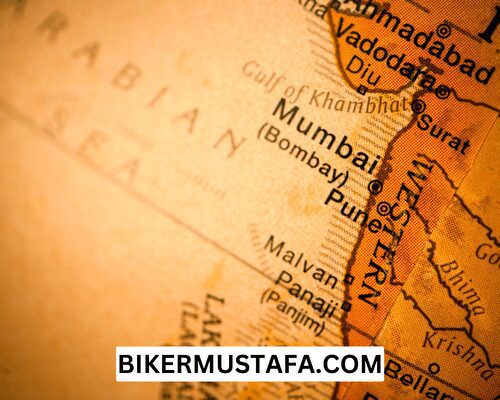
Mumbai is the financial, commercial, and entertainment centre of India. It is also one of the world’s top ten commercial hubs regarding global financial flow. It provides 6.16 per cent of India’s GDP, 25 per cent of industrial output, and 70 per cent of its maritime trade (Mumbai Port Trust and JNPT). And India’s economy receives 70% of all capital transactions.
Mumbai has the eighth-highest concentration of billionaires in the world, and its billionaires had the highest average wealth in the world in 2008. It contains the foremost scientific and nuclear institutions in India. Significant financial institutions and corporate headquarters of prominent Indian and international companies are located in the city. Moreover, the Marathi and Bollywood film industries are headquartered in the city. People from throughout India migrate to Mumbai because of its commercial opportunities.
Etymology
Mumbai is derived from Mumba or Mah-Amb, the name of the indigenous Koli community’s patron deity (kula devata), Mumbadevi, and ‘, which means “mother” in Marathi, the mother tongue of the Koli people and the official language of the state. Some sources indicate that Mumbai was not derived from the goddess Mumba. According to some accounts, the Mumba goddess was brought with the Koli people from Kathiawar (Gujarat), where she continues to be venerated. Kolis are indigenous to Kathiawar and Central Gujarat.
The old names for the city, Kakamuchee and Galajunkja, still need to be more frequently used. In 1508, the Portuguese author Gaspar Correia included the term “Bombaim” in his book Lendas da ndia. (Myths and Tales of India) This name may be derived from the Galician-Portuguese phrase bom baim, which means “lovely little bay” and is still commonly used in Portuguese. Mumbadevi was named Tana-Maiambu by the Portuguese explorer Duarte Barbosa in 1516. Tana may be a reference to the adjacent city of Thane
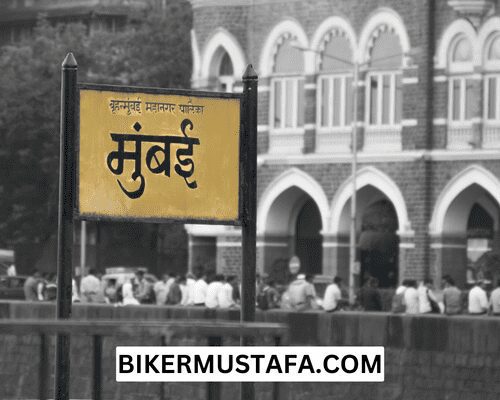
As the English acquired control of the city in the 17th century, the Portuguese name was anglicised to Bombay. Ali Muhammad Khan, the Gujarat province’s imperial dewan or revenue minister, refers to the city as Manbai in the Mirat-i Ahmedi (1762).
The French explorer Louis Rousselet, who visited in 1863 and 1868, wrote in his 1877 book L’Inde des Rajahs, “Etymologists have incorrectly derived this name from the Portuguese Bôa Bahia, without realising that the guardian goddess of this island has been Bomba or Mumba Devi, and she still maintains a temple.”
The metropolis in the late 20th century was Mumbai or Mambai in Marathi, Konkani, Gujarati, Kannada, Sindhi, and Bambai in Hindi. The Indian government officially changed Mumbai’s name to English in November 1995. The Marathi nationalist Shiv Sena party, which had just won the state elections, pushed for similar name changes throughout the nation, especially in Maharashtra.
According to Slate, the movement to rename Bombay was part of a more significant initiative to strengthen Marathi’s identity in the Maharashtra region. While some natives and a few Indians from other parts of the country still refer to the city as Bombay, choosing any other name for Mumbai has sparked controversy and sometimes led to highly political outbursts. According to Slate, “they contended that ‘Bombay’ was a corrupted English variant of ‘Mumbai.’
History
The Ancient Era
Isle of Bombay, Parel, Mazagaon, Mahim, Colaba, Worli, and Old Woman’s Island are among the seven former islands that comprise Mumbai’s archipelago (also known as Little Colaba). It has yet to be discovered when people first began inhabiting these islands. The discovery of Pleistocene deposits along the northern shore of Bombay at Kandivali suggests that the islands had been inhabited since the South Asian Stone Age. They may have been settled by the Koli fishing population as early as before the Common Period.
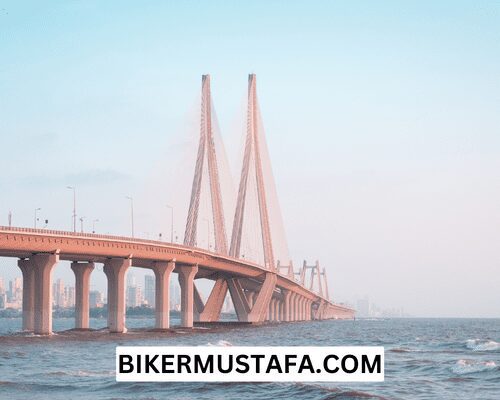
The islands were a part of the Maurya Empire in the third century BCE while it was expanding towards the south and was governed by the Buddhist emperor Ashoka of Magadha. In the first century CE, the Kanheri Caves in Borivali were carved out of basalt rock and used as an important Buddhist centre in Western India. In 150 CE, the city was referred to by the Greek geographer Ptolemy as Heptanesia (Ancient Greek: A Cluster of Seven Islands). Between the first and sixth centuries CE, the Andheri Mahakali Caves were excavated.
The islands were governed by several indigenous dynasties between the second and ninth centuries CE, including the Satavahanas, Western Satraps, Abhira, Vakataka, Kalachuris, Konkan Mauryas, Chalukyas, and Rashtrakutas, preceding the Shilaharas from 810 to 1260 CE. The Jogeshwari Caves (between 520 and 525), Elephanta Caves (between the sixth and seventh centuries), Walkeshwar Temple (10th century), and Banganga Tank are some of the oldest structures in the city constructed during this time (12th century).
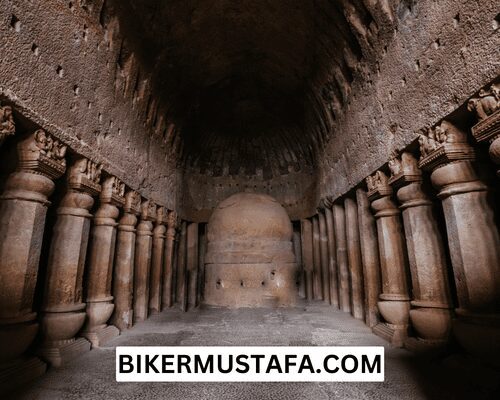
Late in the 13th century, King Bhimdev built his kingdom in the area, with Mahikawati as his capital (present-day Mahim). Around 1298, Bhimdev brought the Pathare Prabhus, one of the city’s oldest recorded residents, to Mahikawati from Saurashtra in Gujarat. In 1347–1348, the Delhi Sultanate seized possession of the islands and retained them until 1407. During this time, the Muslim Governors of Gujarat, whom the Delhi Sultanate had chosen, ran the islands.
The independent Gujarat Sultanate, founded in 1407, later oversaw the islands. Numerous mosques were built under the Sultanate’s sponsorship, the most notable of which being the Haji Ali Dargah in Worli, which was erected in 1431 in memory of the Muslim saint Haji Ali. The islands were a point of conflict between the Bahmani Sultanate of Deccan and the Gujarat Sultanate from 1429 to 1431. Bahadur Khan Gilani of the Bahmani Sultanate tried to take control of the islands in 1493 but failed.
Culture
Mumbai’s food, entertainment, and nightlife blend old and new—the city’s urban-focused, cosmopolitan modern cultural offerings rival major global capitals. Mumbai holds the title of being India’s most international metropolis. Due to the city’s history as a significant commerce hub and the growth of the educated middle class, a wide variety of cultures, faiths, and cuisines coexist there. Mumbai’s distinctively global culture gives rise to the type and number of eateries, theatres, movie theatres, sporting events, and museums.
Mumbai has established a flourishing “theatre movement” legacy in Marathi, Hindi, English, and other regional languages, even though most professional theatrical organizations founded during the British Raj had disbanded by the 1950s. Dadasaheb Phalke established the foundations for Indian cinema in Mumbai with his silent films, followed by Marathi talkies.
The earliest film broadcast occurred in the early 20th century. Mumbai has many theatres showing Hollywood, Bollywood, and Marathi films. The oldest and most prestigious film awards given to the Hindi film industry in India, the Filmfare Awards and the Mumbai International Film Festival, are hosted there.
Both privately owned commercial galleries and public art facilities exhibit contemporary art. The National Gallery of Modern Art and the Jehangir Art Gallery are two examples of government-run organizations. The Asiatic Society of Bombay is one of the city’s oldest public libraries and was established in 1833. The Prince of Wales Museum, originally known as the Chhatrapati Shivaji Maharaj Vastu Sangrahalaya, is a prominent museum in South Mumbai with priceless antiquated artefacts from Indian history.
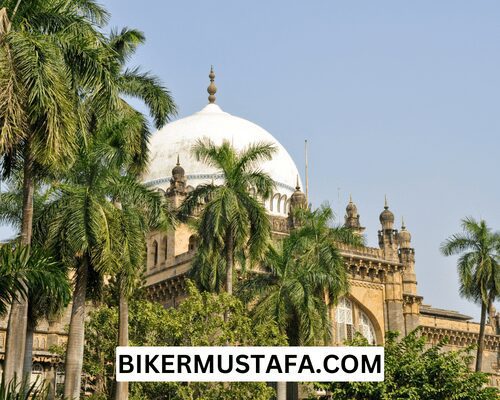
Jijamata Udyaan, formerly known as Victoria Gardens, is a zoo in Mumbai with a garden. Salman Rushdie and Aravind Adiga, both recipients of the Booker Prize, have drawn attention to the city’s extensive literary history on a global scale. The works of Mumbai-based authors like Mohan Apte, Anant Kanekar, and Gangadhar Gadgil have revolutionized Marathi literature, and the National Academy of Letters of India promotes it each year with the Sahitya Akademi Award.
Mumbai inhabitants observe Indian and Western holidays. Some of the city’s most well-known holidays include Diwali, Holi, Eid, Christmas, Navratri, Good Friday, Dussera, Moharram, Ganesh Chaturthi, Durga Puja, and Maha Shivratri. The Kala Ghoda Arts Festival showcases artwork from artists in music, dance, theatre, and film. People of all religions commemorate the Nativity of Mary, the mother of Jesus, on September 8 by attending the annual Bandra Fair, which begins the Sunday after that date.
Maharashtra Day, observed on May 1 to commemorate the creation of Maharashtra State on that date in 1960, and Gudi Padwa, the Marathi people’s equivalent of New Year’s Day, are examples of public holidays that are unique to the city and state. The Maharashtra Tourism Development Corporation (MTDC) organizes the two-day Banganga Festival, a music festival at the famed Banganga Tank in Mumbai every January. Every February, the Elephanta Islands host the Elephanta Festival, devoted to classical Indian dance and music and draws artists from nationwide.
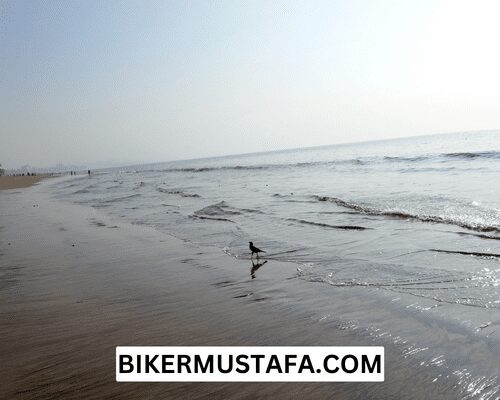
In the city, beaches are a popular tourist destination. Girgaum Chowpatty, Juhu Beach, Dadar Chowpatty, Gorai Beach, Marve Beach, Versova Beach, Madh Beach, Aksa Beach, and Manori Beach are some of Mumbai’s most popular beaches. Except for Girgaum Chowpatty and Juhu Beach, only some beaches are suitable for swimming. The most significant theme water park in Asia, Water Kingdom, is part of Essel World, a theme park and amusement complex nearby Gorai Beach. Adlabs Imagica, which opened in April 2013, is situated off the Mumbai-Pune Expressway close to Khopoli.
People Also Ask:
What is Mumbai famous for?
There is a wide range of architectural styles in Mumbai, from historical landmarks to ultra-modern skyscrapers to historical and cultural buildings. However, there is more to the city than just being the business hub of India. Mumbai is a cultural hotspot with museums, galleries, theatres, restaurants, and nightclubs.
Mumbai City
The city of Mumbai serves as the capital of the state of Maharashtra in India. Before 1995, the city was officially referred to by its old name, Bombay. Mumbai has a deep natural harbour on India’s west coast along the Konkan coast. Mumbai was recognized as a top-world city in 2008.
Why did Mumbai change its name?
With the establishment of the Shiv Sena as the ruling regional political party in 1995, the city’s name was officially changed from Bombay to Mumbai. The city was renamed to honour the goddess Mumbadevi because the Shiv Sena wanted Bombay to represent its Maratha past and not be associated with British colonization.
Why is Mumbai so populated?
An area’s population organically grows when birth rates outpace mortality rates. The main driver of Mumbai’s population expansion is the natural rise. Around two children are born to each woman in Mumbai.
What are 5 facts about Mumbai?
- India’s most electrifying city is Mumbai.
- Bombay was the previous name for Mumbai.
- Mumbai was originally composed of seven islands: Colaba, Mazagaon,
- Little Colaba, Worli, Parel, Mahim, and the Isle of Bombay.
- The biggest slum in Asia is found in Mumbai’s Dharavi neighbourhood.
- The dabbawallas are proud of Mumbai.
Recommended Articles:
South India Ride Hubli to Bangaluru Motovlog
Solo Riding Ahmednagar to Pune Motovlog
Solo Riding Dongaon to Ahmednagar Motovlog
South India Ride Kanyakumari to Rameswaram on Dominar 400 UG Motovlog

